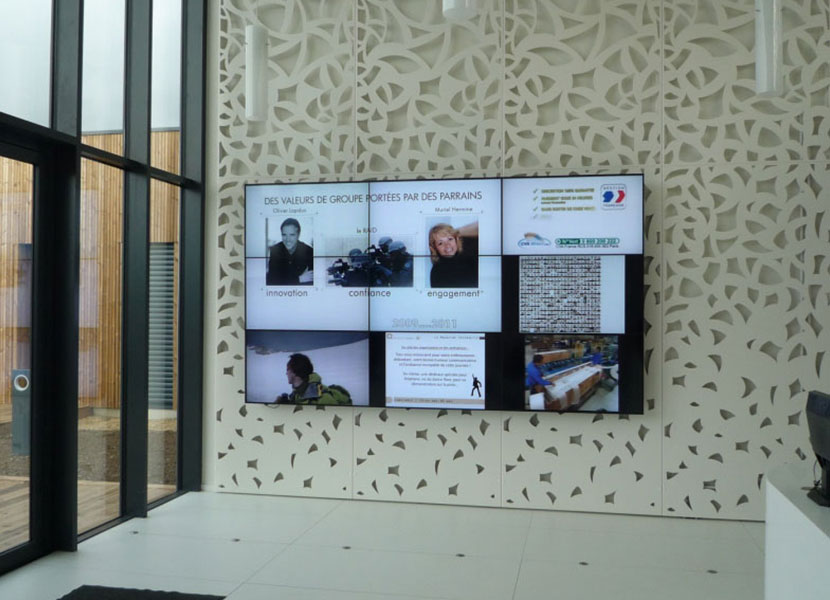In the beginning… comes the strategy. Although display screens can be used to broadcast static or video content, this communication is not an end in itself. It serves the company’s growth, and for that to happen, it must be based on a strategy.
It’s about getting to know your customers better, personalising your relationship with the public who visit your establishment, creating a brand identity… Or digitising your establishment to build an omnichannel experience and promote your products, services and promotions. By clearly identifying the guidelines underpinning the company’s action plans, it becomes easier to choose and use dynamic displays.













